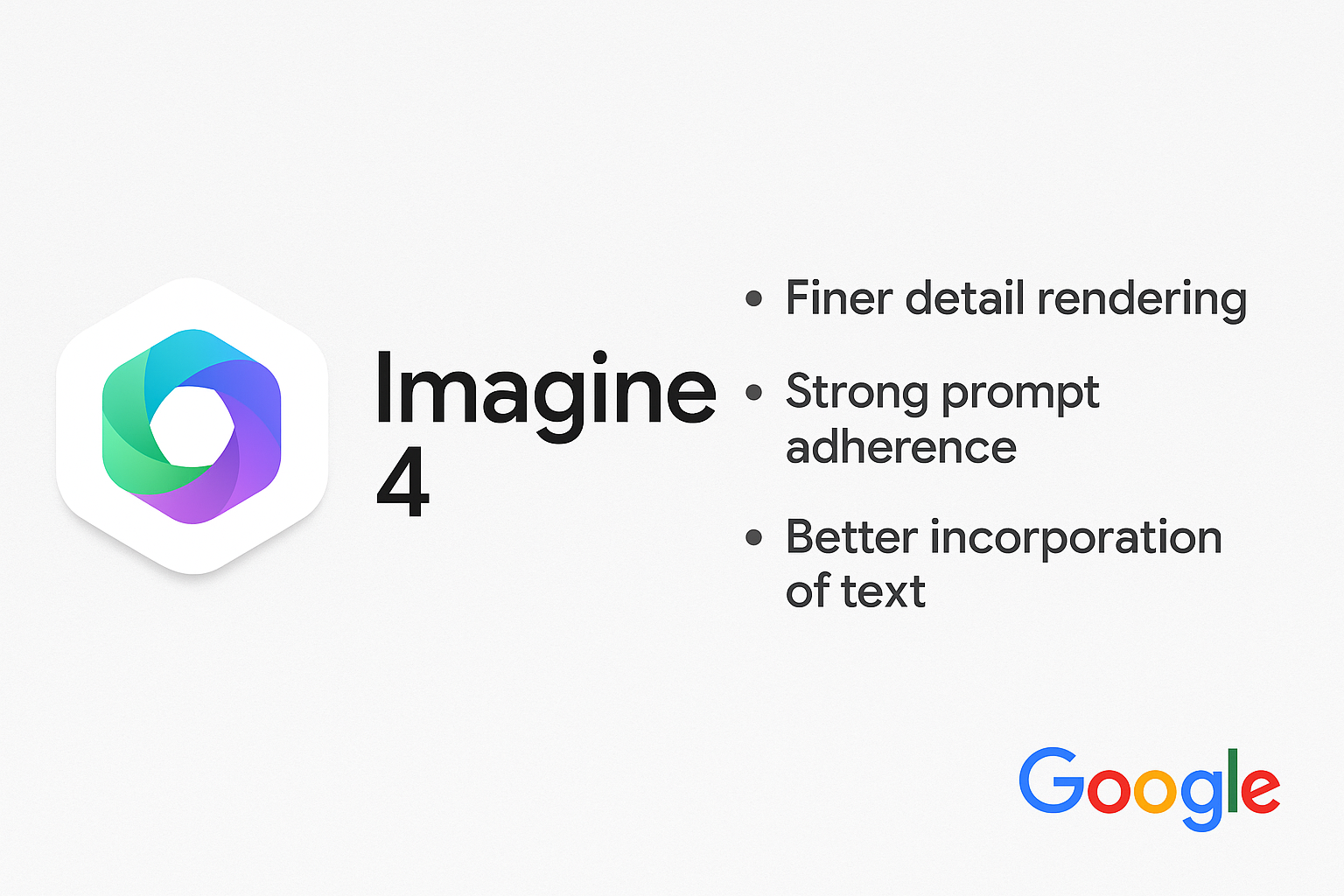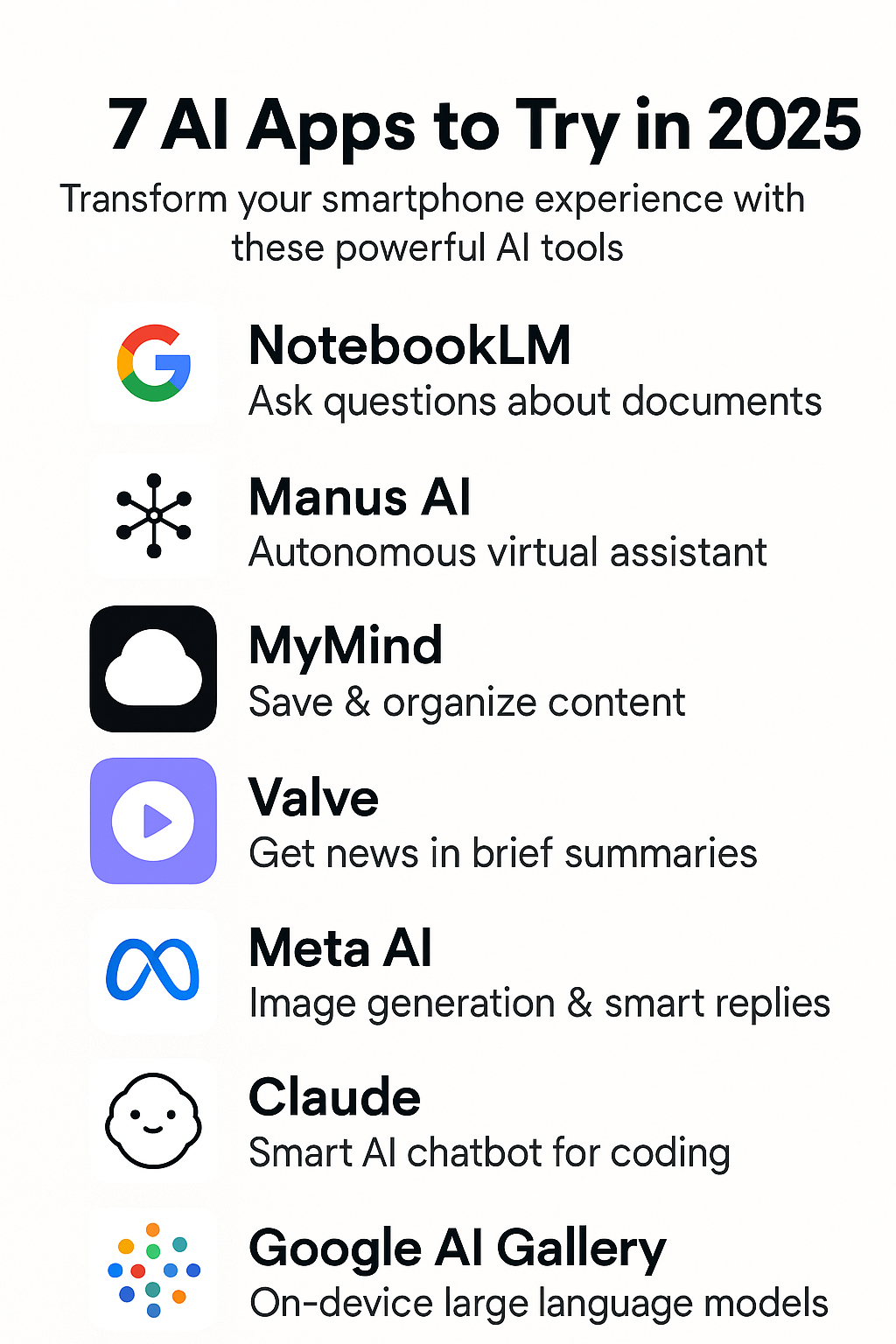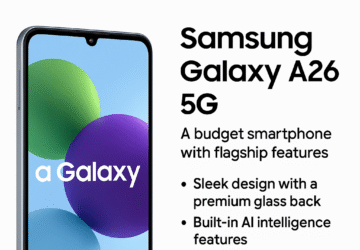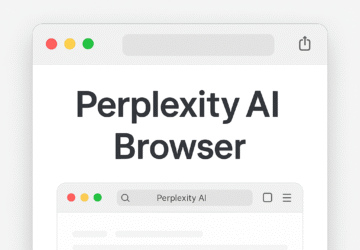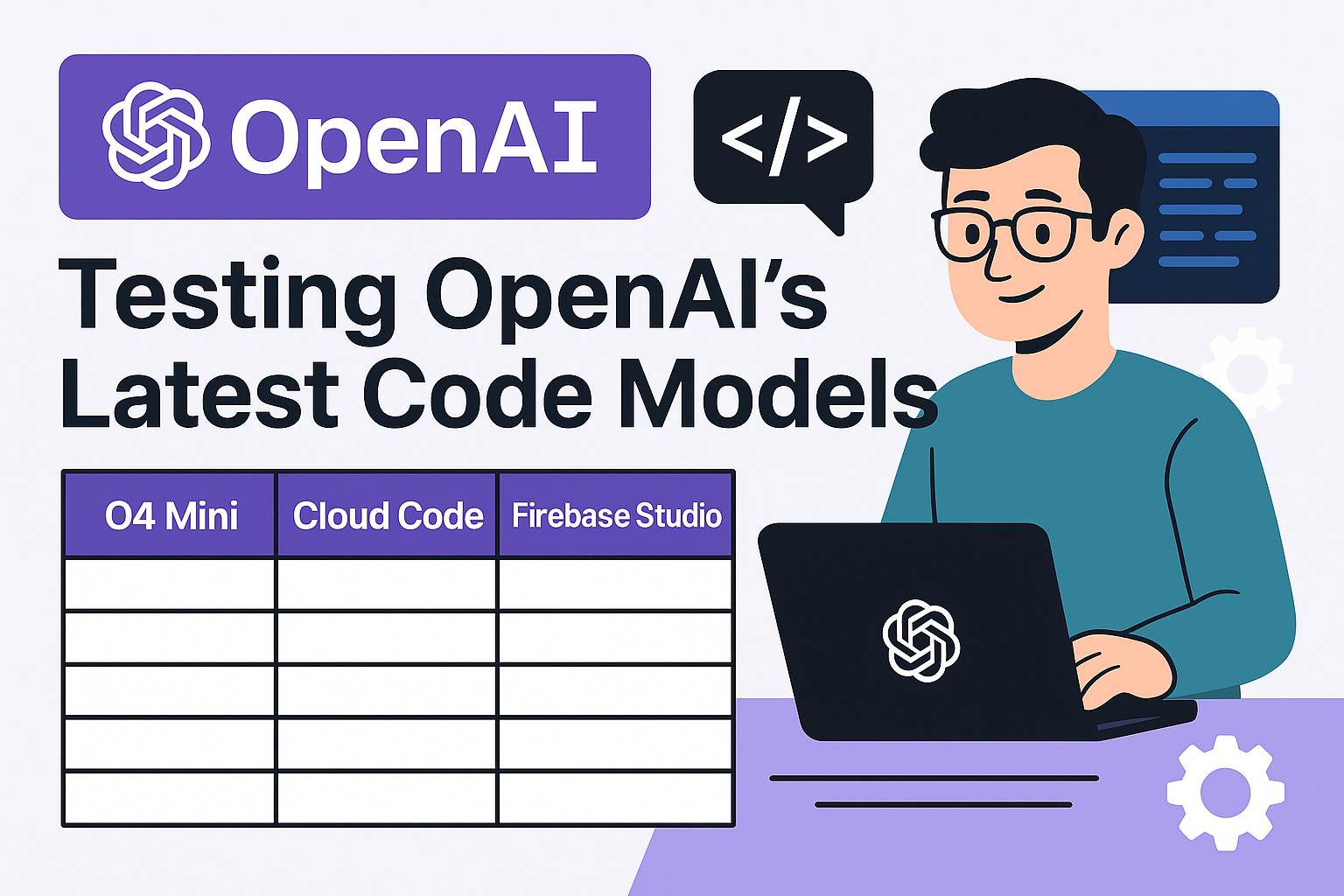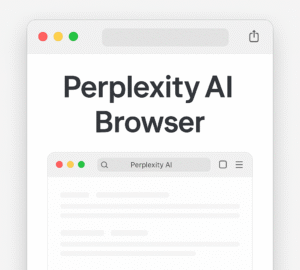In April 2025, OpenAI made waves again by releasing two new reasoning models — O3 and O4 Mini — with claims that these models are operating at or above “genius” level. Whether that’s hyperbole or reality remains to be seen, but one thing is certain: OpenAI is shipping faster than ever.
Fresh off the heels of GPT-4.1, ImageGen 4.0, and GPT-4.5, the launch of O4 Mini continues a rapid-fire release cycle aimed at developers, researchers, and AI enthusiasts alike.
🧠 What Is O4 Mini?
O4 Mini is part of OpenAI’s latest generation of reasoning models. It’s designed to perform advanced coding, logic, and problem-solving tasks — with a particular focus on developer productivity. While it’s too early to call it revolutionary, initial impressions suggest improvements in:
- Code generation
- Prompt understanding
- CLI automation
Some users are already comparing it to human-level reasoning, though real-world performance may vary significantly depending on environment and use case.
💻 Meet Codex: The New OpenAI CLI Tool
Alongside O4, OpenAI introduced a new command-line tool called Codex — an open-source utility that enables developers to:
- Generate code
- Execute code
- Analyze outputs directly in the terminal or IDE
It’s similar in spirit to tools like Cloud Code, Firebase Studio, and Cursor, but designed for a more open developer ecosystem.
To try Codex, you install it via npm, set your OpenAI API key, and interact through simple terminal prompts. However, early tests show that Codex struggles with clarity and environment issues, especially on Windows.
🧪 Real-World Testing: O4 Mini vs Cloud Code vs Firebase Studio
To evaluate these tools, we tried a basic challenge: build a YouTube clone using Svelte 5 with Runes.
🧪 O4 Mini + Codex
- Setup was smooth, but performance was slow.
- Prompt required multiple clarifications.
- End result: empty folders with incomplete setup.
- Struggled with Svelte 5 syntax, producing non-functional code.
💡 Cloud Code (by Google)
- Better Windows support.
- Slightly more successful with commands.
- Still failed to generate working Svelte 5 Rune code.
🚀 Firebase Studio (Powered by Gemini 2.5)
- Blazingly fast compared to the others.
- Ignored the Svelte 5 request entirely and defaulted to Next.js.
- Great UI/UX for integrated AI coding, but still inconsistent with prompt handling.
⚔️ AI Developer Tools: The Battle Heats Up
The developer tooling landscape in 2025 is more chaotic and competitive than ever. Here’s a snapshot of who’s building what:
| Tool | Key Feature | Standout Issue |
|---|---|---|
| Codex (OpenAI) | Terminal-based AI coding | Inconsistent prompt handling |
| Cloud Code | IDE plugin with Google Cloud support | Speed & platform sensitivity |
| Firebase Studio | Gemini-powered browser IDE | Ignores niche frameworks |
| Copilot Agent Mode (Microsoft) | Full IDE automation | Deep integration, steep learning |
| Cursor / Windserve | VS Code forks with AI features | High revenue, limited originality |
Even lesser-known players like Windserve are reportedly seeing massive growth, with rumors of a $3 billion OpenAI acquisition circulating.
🤔 Are These Tools Overhyped?
The hype is real — but so are the limitations. Here’s what developers need to remember:
- None of these tools are magic. They require clear prompts and context.
- Cross-platform quirks exist. Many tools work better on macOS/Linux.
- AI coding is helpful, but not fully autonomous yet — especially with newer frameworks like Svelte 5.
Still, if you’re a developer in 2025, there’s never been a more exciting time to experiment. The AI tooling arms race is fierce, and innovation is moving faster than ever.
🎯 Final Thoughts
AI tools like O4 Mini, Codex, Firebase Studio, and Copilot Agent Mode represent the next chapter in software development — but they’re still evolving. They might not replace human developers anytime soon, but they’re becoming powerful companions.
If you’re a coder, now’s the time to:
- Experiment with different AI toolchains
- Stick to mainstream frameworks for better support
- Stay updated, and don’t fall for the hype (or doom)
It’s the best time ever to build, ship, and automate — even if you’re just vibing with some AI slop.
